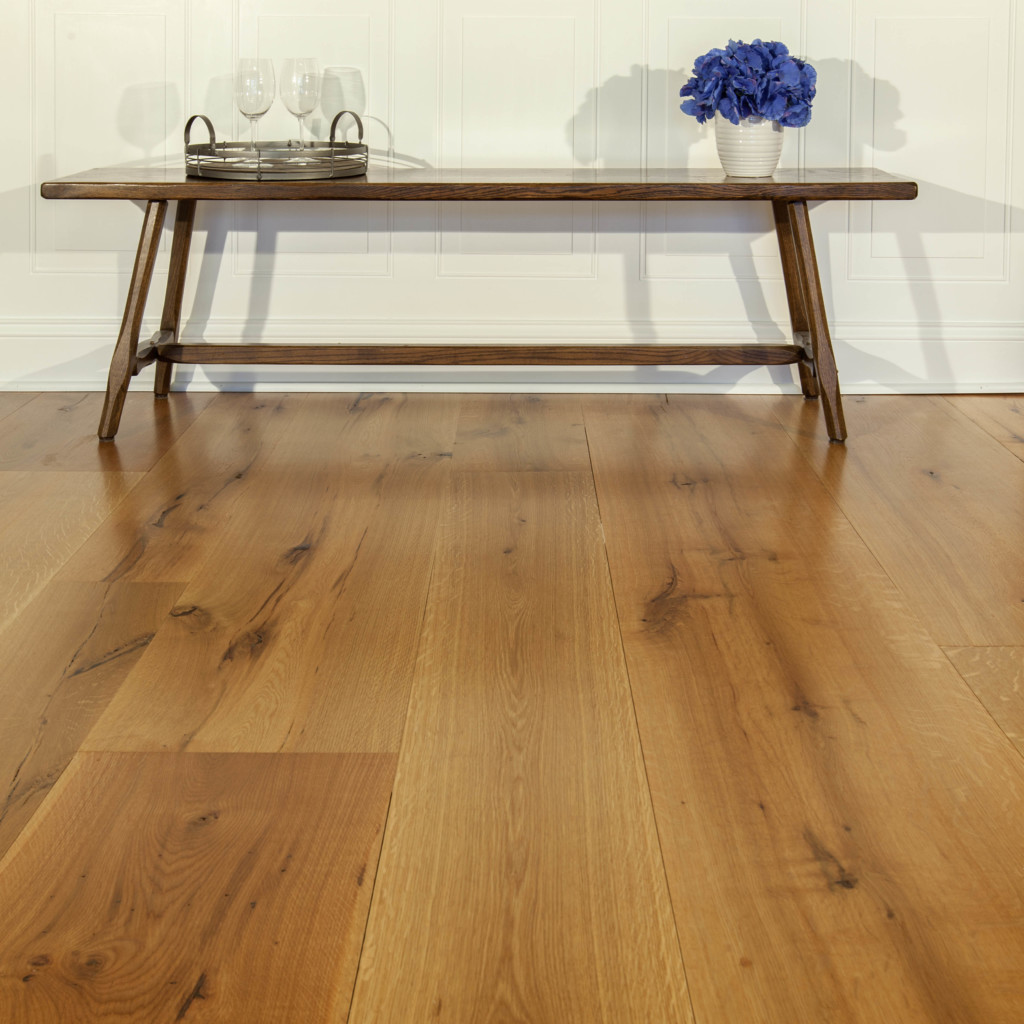With the emerging popularity of engineered hardwood flooring, it is sometimes tough to choose between the latest trend and the old, reliable option––in this case, solid hardwood flooring. Solid hardwood floors have been around for quite a while. However, engineered flooring has become increasingly popular in recent years.
Here are some facts about both types of flooring that will give you insight to which type will be the best fit for you!
What is engineered hardwood flooring?
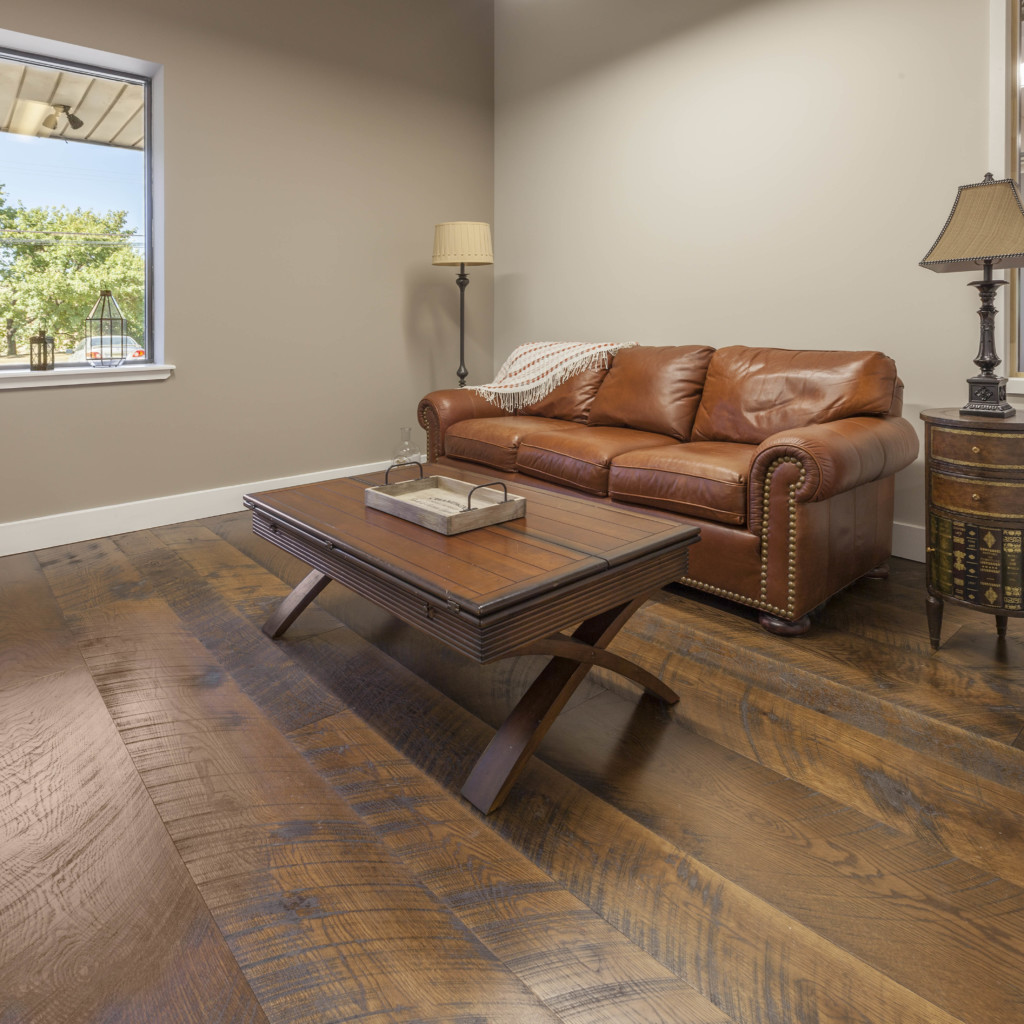
Skipped Planed Black Bleed
Engineered hardwood flooring usually contains two or more layers of plywood in a single plank, with a thin wear layer on top. The extra layers of wood offer the planks more stability than solid wide plank flooring, which prevents them from splitting out as readily.
Solid hardwood floors, on the other hand, are composed of a single piece of one specific kind of wood and are more likely to fluctuate along with changes in humidity and temperature, which can prove dangerous for the wood.
Which choices are offered?
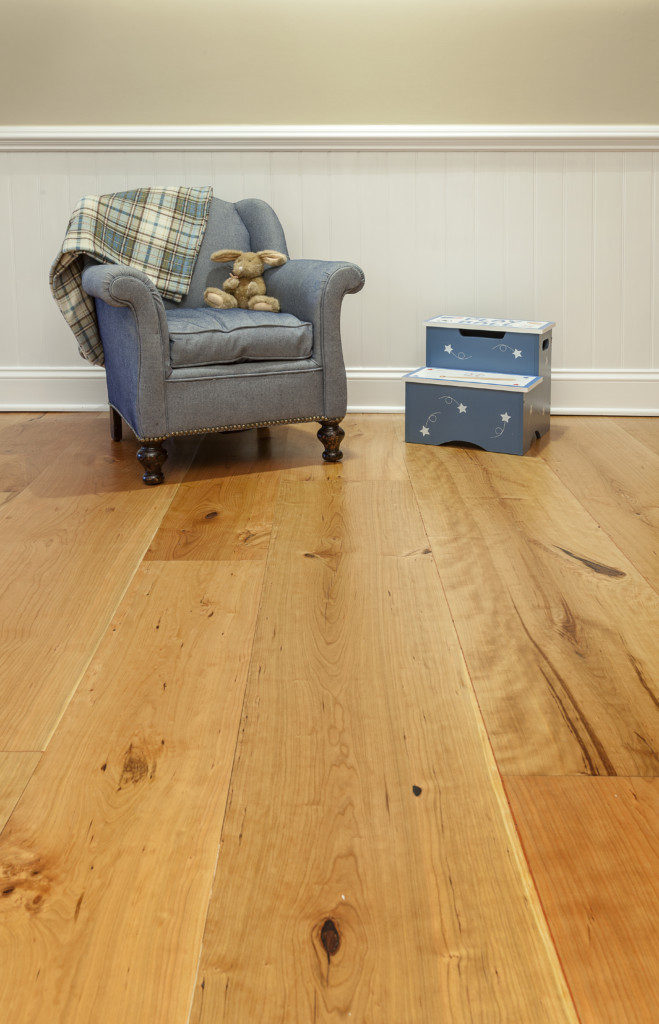
You typically have a larger number of choices of wood species when it comes to engineered wood flooring compared to the variety offered with solid wood flooring. With engineered hardwood floors, you’ll usually find more exotic species like Brazilian Cherry amongst the choices available to you, although common species can also be found in engineered varieties as well. This is due to the fact that exotic wood species usually have less dimensional stability than domestic species, and the extra layers in the core of engineered planks can help compensate for this, preventing the floors from experiencing issues.
Where and how can you install engineered wide plank floors?
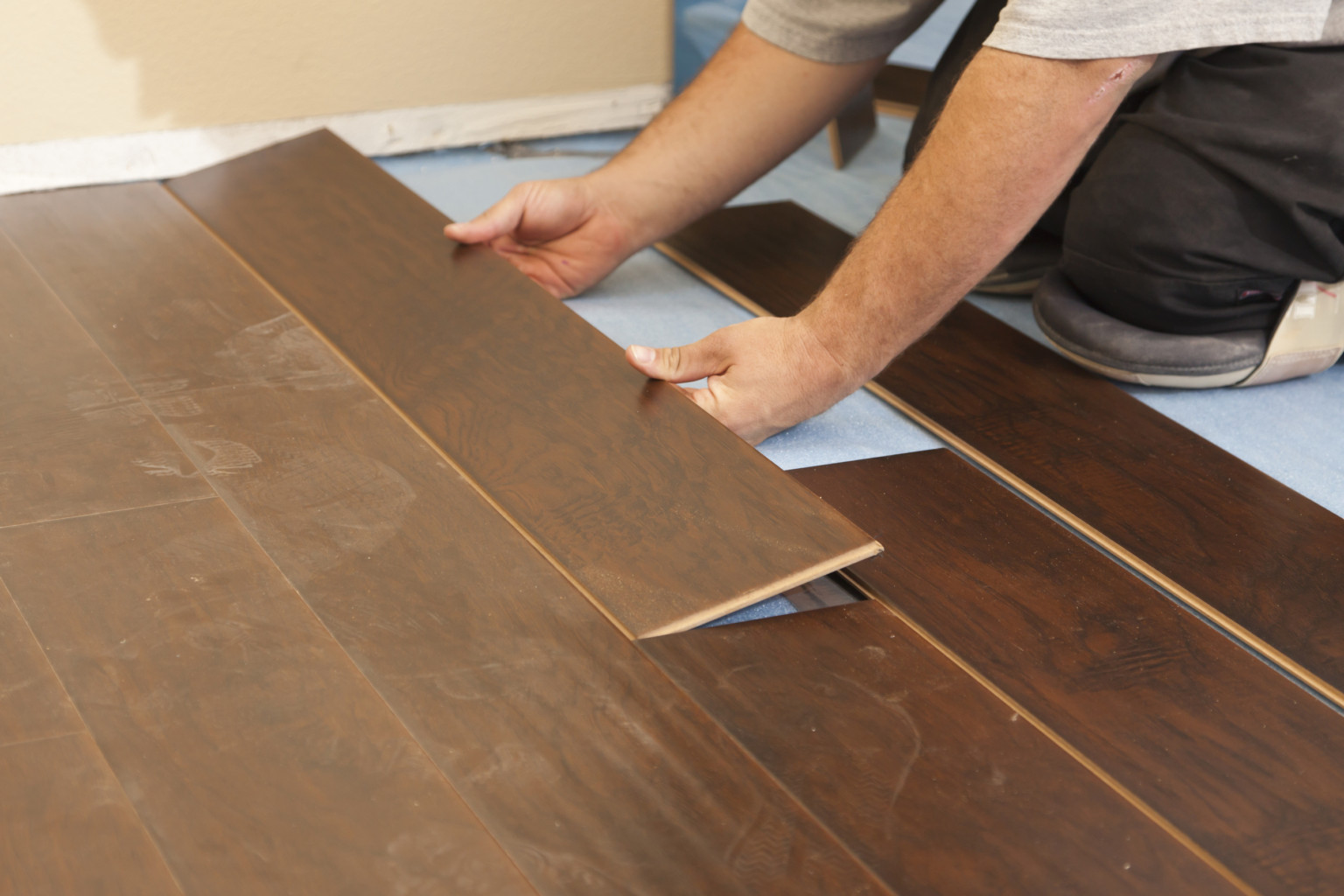
Engineered hardwood floors are versatile in terms of where they can be installed. They can be installed in below-grade environments, including basements. Under the right conditions, engineered wood flooring can even go over concrete.
On the other hand, solid wood floors usually cannot be installed in below-grade environments due to the fact that they are more susceptible to fluctuations in temperature and therefore will split out or crack more readily.
Engineered flooring can be installed by stapling, nailing, gluing, and/or clicking. The easy nature of engineered wood planks also allows you to create a “floating floors” effect by attaching the boards together to “float” above the subfloor.
Engineered wide plank floors offer durability, resilience, and quality
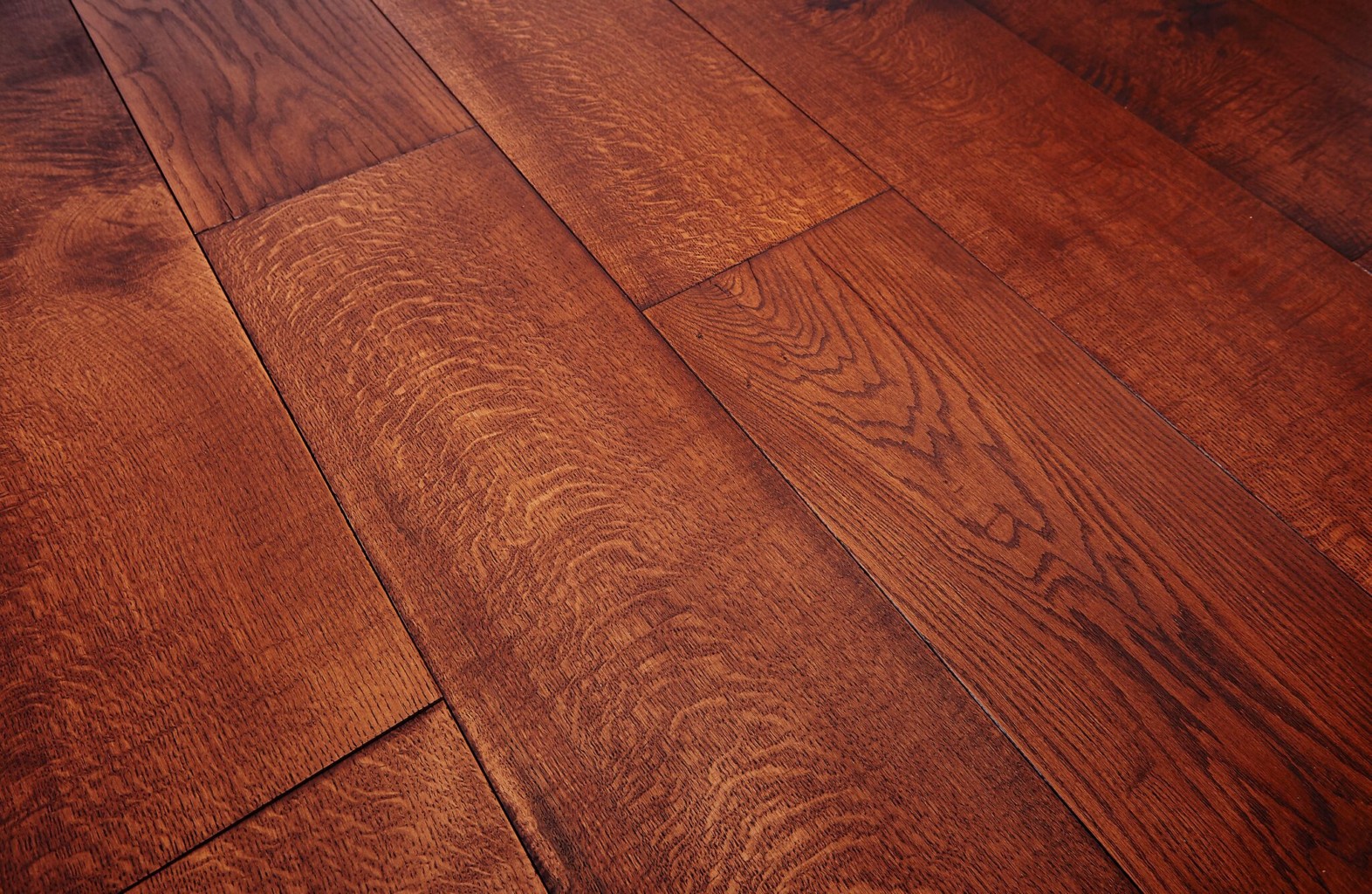
If maintained correctly, solid wood floors can last decades. However, solid wood floors are highly susceptible to fluctuations in moisture and heat.
The wider you go with hardwood floors, the more they tend to expand and contract depending on the surrounding conditions. Engineered wood planks offer extra resistance against fluctuations due to humidity, which is why we usually recommend choosing an engineered variety when looking for wide plank hardwood floors.
This increases their durability and overall stability. Engineered wood planks are also more resistant to everyday wear and tear due to the wear layer on top.
Engineered and solid wide plank floors each offer their own specific list of pros and cons, but with this guide in hand you’re well on your way to making an informed decision.
Click here to browse our selection of wide plank hardwood floors.
